The Iguana is a genus of lizards native to tropical areas of Mexico, Central America, South America, and the Caribbean. They are omnivorous meaning that they eat strictly leafy greens and vegetables. They are among the most popular reptile in the pet trade today. Make no mistake however most people who obtain an Iguana are unable to meet their needs once they reach adult hood. For anyone who may be considering keeping an Iguana as a pet we encourage you to do your homework and be more than prepared for all of the needs that this amazing reptile comes with.
Simply Beautiful
Iguanas are available in many amazing color morphs such as blue axanthic, green, albino and erythrystic. Albino Iguanas contrary to popular belief actually can do very well with full sunlight and proper ultraviolet lighting as well.
Care
Living more than 15 years in captivity when properly cared for and reaching lengths upwards of 7 feet and weighing around 20 pounds Iguanas need a very large enclosure to live in, for instance an adult male green Iguana needs at least 12 feet long by 6 feet wide by 6 feet high enclosure. The height of the enclosure is extremely important as they love to be up as high as they can. They can be outside in the summer and love to bask in the sun. When indoors make sure that they have UVB lighting and a basking spot of at least 120 degrees, as well as a place to cool off. The UV lighting helps prevent metabolic bone disease. Plenty of water should always be made available for them and a water dish that is large enough for them to soak in is ideal. Iguanas, while they are herbivores have a very wide ranged diet that consists of leafy greens such as collard greens, turnip greens and dandelions. They also like yellow squash, whole green beans, and even strawberries. We also provide fruit about once a week for our iguanas, while they can be a bit picky about what they eat they love the occasional treat. Be careful though too much fruit can cause diarrhea and make them very uncomfortable. Calcium in their diet is very important, we recommend adding a vitamin spray with calcium daily to their food. Never give an iguana a diet that is high in protein however, this is dangerous for them and can even lead to death because of renal failure.
Temper
Male Iguanas get much larger than their female counter part and have much larger features such as large spikes and have larger pores under their legs which help to distinguish the males from females. The male Iguana tends to be more aggressive especially during mating season when they are fully mature and can become very territorial, but females can also be aggressive and just as dangerous if they are not cared for and handled properly and regularly. An adult Iguana needs lots of space and they prefer to be up high, in-fact the higher up they are the happier they are but when they are up higher than you, they are more likely to assert dominance over you, so be cautious when attempting to pet them while they are on their favorite high perch as they can be aggressive.
It takes a lot of time and patience for an iguana to get used to you, but having a routine with their care is key in allowing them to become used to and familiar with you. Young iguanas should not be handled too often while they are getting acclimated with their new environment, but as they get older not only do they learn to recognize you, but they can eventually become very docile, friendly and even learn verbal ques. It’s easy to tell when an iguana is calm and content they will look relaxed, their dewlap will be down and they tend to lick things a lot, this is not only a sign of being relaxed but also happy and even curious.
The hidden language you need to understand
Understanding your iguana is key in getting to know them and their personalities. They will communicate with you, not verbally but with head movements and with their eyes and body movements as well. Study them, learn these ques, mimic and display these ques back to them and you will bond with them guaranteed!
The Dewlap
Iguanas have a dewlap under their chin that is used as a signal, and often times a warning that they are mad, threatened, scared or on guard. Seeing an extended dewlap can mean a few things:
- Back off, your too close.
- I am afraid and might bite you.
- Stop touching me!
- Stop staring at me!
- This is my domain, I’m in charge!
The Head Bob
While female iguanas do not tend to head bob as often as the males do the head bob is by far of the most important forms of communication that an iguana will use to tell you how they are feeling. A slow up and down head bob without an extended dewlap typically is a greeting, or an acknowledgement of your presence. A faster head bob with an extended dewlap is a warning that they are agitated or to tell you to back off, or that’s enough. This also means that they are claiming territory, or domination. The same headbob combined with a quick side to side motion is a more aggressive one that typically means, “I warned you, back off or I will bite!”.
The Eyes
Iguanas can tell you a lot about their thoughts just by their eyes and in return you can do the same. They tend to have a constant evil glare but once they get used to you it will become more subtle. When looking at an iguana be careful not to make direct eye contact for too long because they can take that as a threat. If you look directly at an iguana and they are also glaring back, they are waiting to see what you are going to do. I usually look at my iguana then look away and close my eyes for a few seconds, which tells them “it’s OK, I am not a threat”. When I do this, my iguana instantly relaxes and stops staring at me as well. I have worked a while with training my iguana with verbal ques, one of them being the word “up”. When I say this I tap my shoulder and she comes onto my shoulder. I have also associated this word with the literal term “up”. When I say up, I will look at the top of her cage, because remember she is looking at my eyes at this point, when I say up and look up, she looks up as well, she gets excited and quickly climbs right out of her cage and goes up to the top of it. When trying to pet an iguana, if they extend the dewlap, don’t pet them right away, give them space but if they close their eyes, then its OK to pet them. No sudden movements, go slowly and easy until they are used to you and remember iguanas are as smart as the average dog, they can learn and ultimately become a wonderful pets with lots of care, attention, and patience.

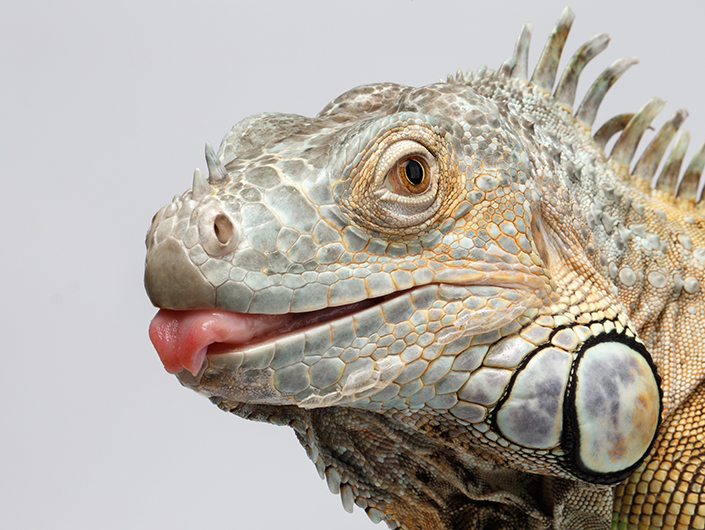
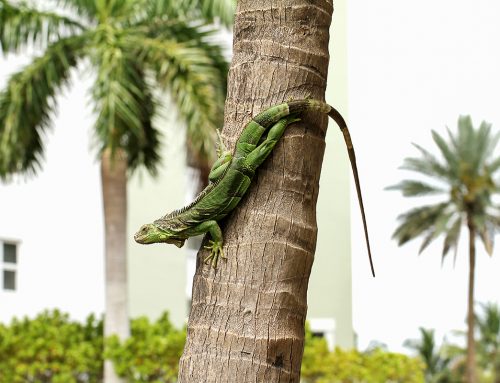
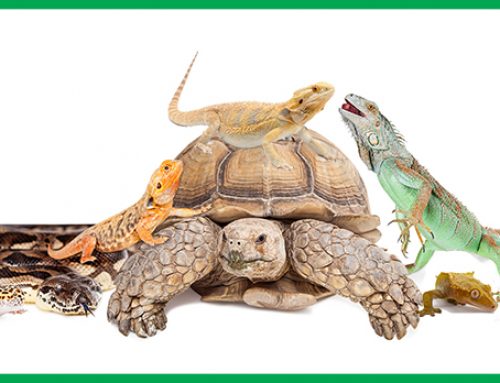
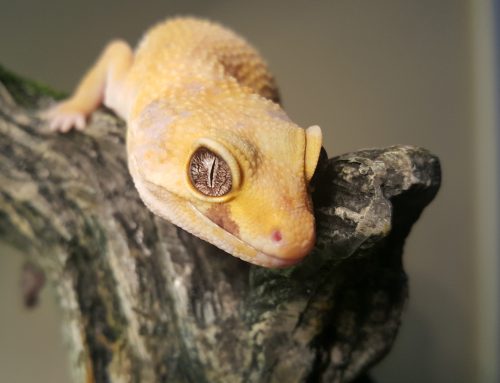

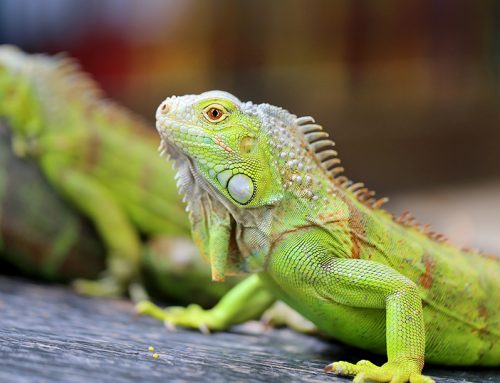


 LiveSupporti
LiveSupporti